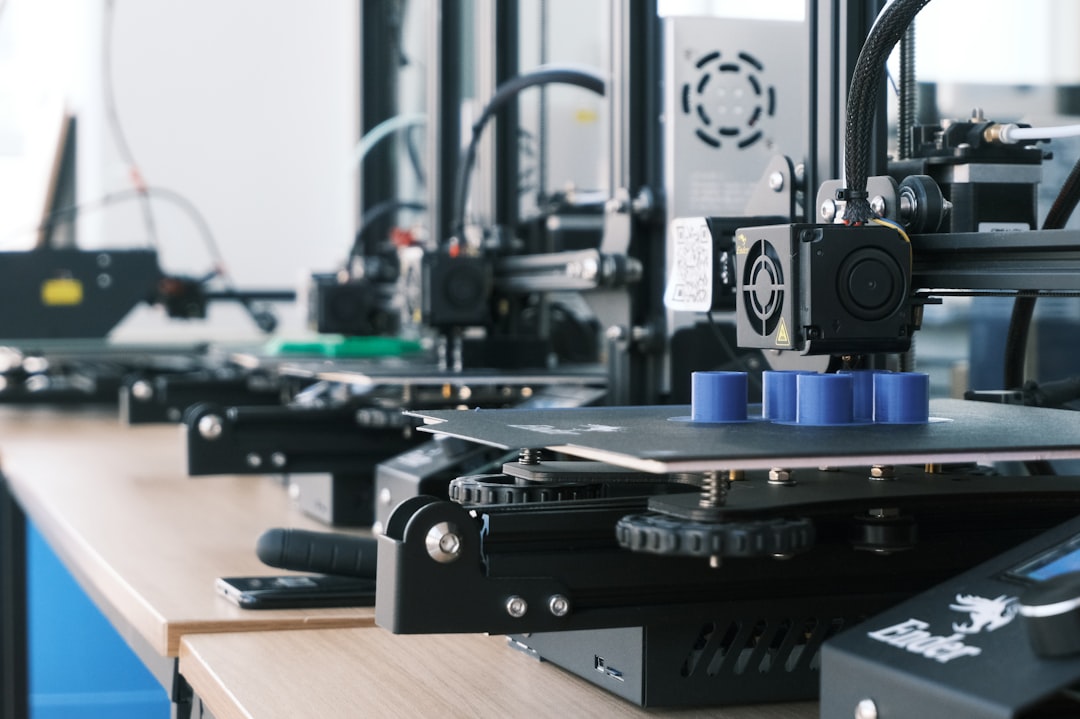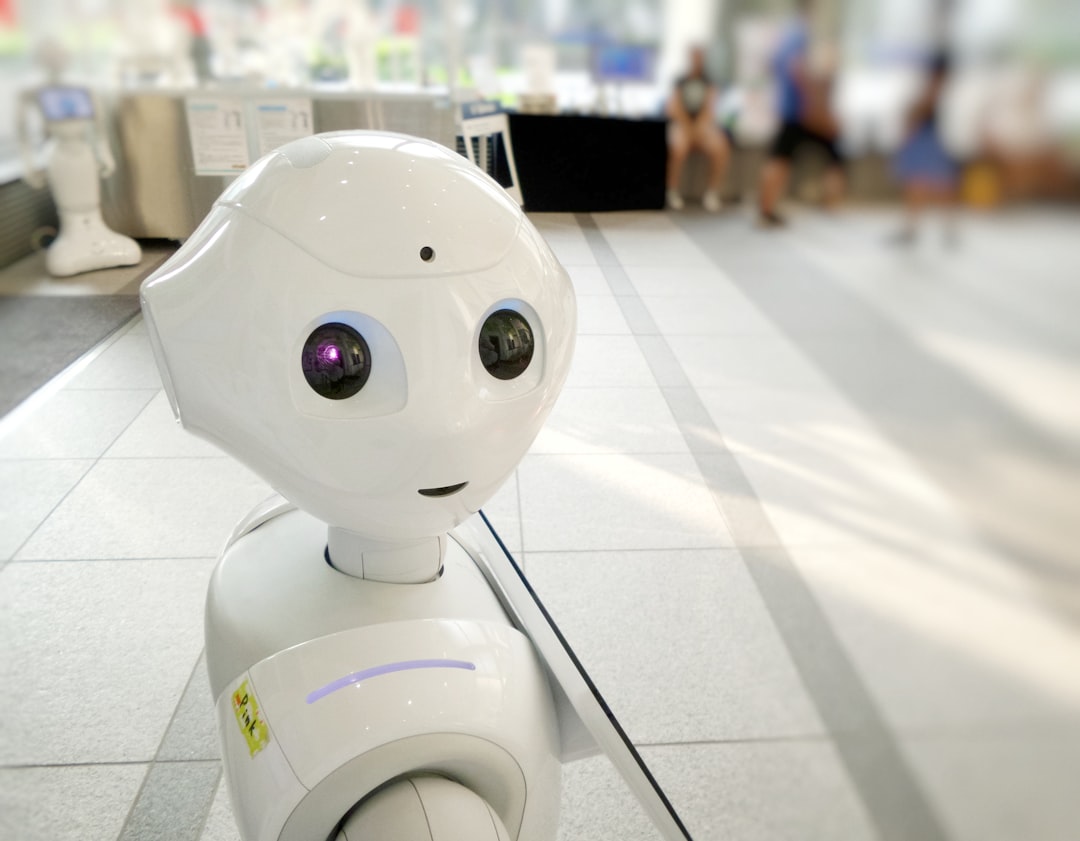What is it about?
We show how to compute similarity and correspondence between deformable 3D objects, for example human bodies changing pose. Differently from all existing approaches, our method also works when the 3D models in question are not complete and have large amounts of missing data -- this is usually the case when dealing with real-world 3D data obtained with consumer scanning devices such as Microsoft Kinect or Inter RealSense.
Featured Image
Why is it important?
Our method allows for the first time to deal with deformable 3D data having strong real-world artifacts in the form of missing surface. The solution we propose is theoretically well founded, has a simple formulation, and is simple to optimize.
Perspectives
The method works surprisingly well given its simple formulation, even in some nasty cases with large amounts of partiality. The key finding here is that putting together spectral, intrinsic tools with local, extrinsic features seems to bring the better of the two worlds. Modeling partiality by using classical spectral quantities derived from the mesh boils down to a remarkably simple, and quite unexpected theoretical result with big practical benefits.
Dr Emanuele Rodolà
Universita della Svizzera Italiana
Read the Original
This page is a summary of: Partial Functional Correspondence, Computer Graphics Forum, February 2016, Wiley,
DOI: 10.1111/cgf.12797.
You can read the full text:
Resources
Partial shapes dataset
Data set of 600 partial deformable 3D shapes with ground truth correspondence. A subset of these shapes were used in the paper evaluation, but there are many more.
SHREC'16 track on partial matching
The official Eurographics SHREC contest on shape matching of deformable 3D shapes. Here you can find results of 5 different methods on the same data used in our paper.
Contributors
The following have contributed to this page










